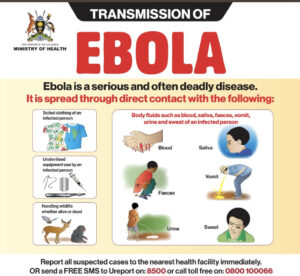The word “atresia” means “no opening.” In tricuspid atresia, the valve is missing between the upper-right chamber (the right atrium) and the lower-right chamber (the right ventricle).
Normally, the tricuspid valve allows blood to pass from the right atrium to the right ventricle. The right ventricle then pumps blood into the lungs to pick up oxygen before it flows back into the left side of the heart. But with tricuspid atresia, blood cannot reach the lungs or the left side of the heart. Defects that often occur with tricuspid atresia include
- Atrial septal defect (ASD)
- Ventricular septal defect (VSD)
- Patent ductus arteriosus (PDA)
These defects usually allow some of the blood to flow through the lungs, but oxygen-poor blood still gets pumped into the body along with the oxygen-rich blood. The oxygen-poor blood makes the fingers, toes, and lips appear blue, a condition called cyanosis.
How is it treated?
The goal of treatment is to improve blood flow to the lungs by making the blood flow route as normal as possible. Because the type of surgery used to correct the defect may vary, the child’s surgeon will advise the best method.


